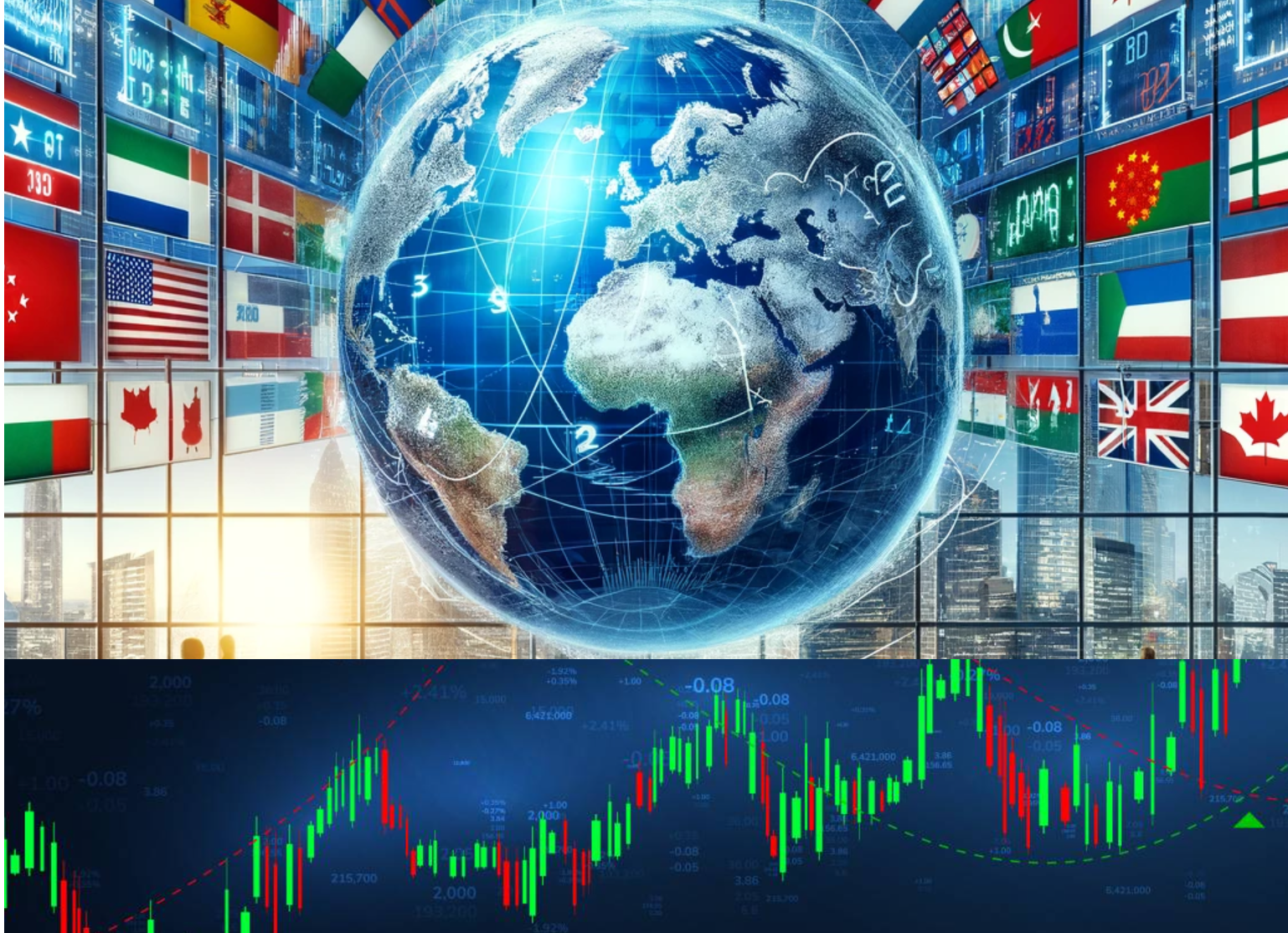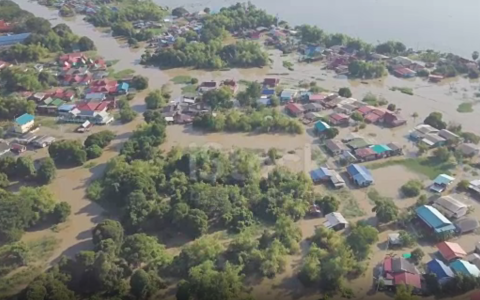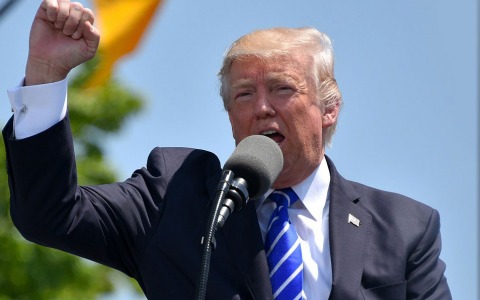 Global macro managers have to navigate a complex web of interconnected risks: market, credit, liquidity, financing, counterparty and operational, to name but a few...
Global macro managers have to navigate a complex web of interconnected risks: market, credit, liquidity, financing, counterparty and operational, to name but a few...
1.0 Introduction
Global macro managers have to navigate a complex web of interconnected risks: market, credit, liquidity, financing, counterparty and operational, to name but a few. While all of these risks are different – and reasonable market practitioners can disagree about how best to deal with them – in at least one respect, they are all similar: the nature of these risks has been well researched and documented, and as such, they are relatively well understood. Dedicated risk management functions, with sophisticated infrastructures and high-calibre quantitative staff, have been built up over the years to measure, monitor and manage these risks.
In contrast, geopolitical risk, which can have a material and lasting impact on an investment portfolio, is neither well-researched nor particularly well-understood. While modern-day risk management systems and methodologies have evolved dramatically since the 1970s, there has been no visible progress in how market practitioners analyse and manage geopolitical risks. There are no geopolitical analogues to commonly used market risk models, such as value-at-risk or analytical frameworks linking geopolitical ‘risk factors’ to expected returns. Geopolitical experts and analysts working in boutique advisory firms still operate more as a cottage industry than as a well-defined and structured discipline within the broader risk management function.
Interestingly, this lack of analytical sophistication with respect to geopolitics is not at all the result of under-appreciation by market practitioners: early macro traders were highly attuned to geopolitical risk and the opportunities it presented. 1 Rather, the reason at least in part has to do with the fact that the “golden age” of global macro – the twelve years from 1987 to 1999 – coincided with one of the rare ‘unipolar’ moments in world history: the Cold War was coming to an end; the United States reigned supreme and unchallenged as the only remaining superpower; the US political establishment famously proclaimed the ‘End of History’; economic policymakers were congratulating themselves on taming the business cycle and achieving the state of ‘Great Moderation’; and Western-dominated international financial institutions were laying down the law across the developing world in the form of the so-called Washington Consensus. Geopolitical risks all but faded into the background.
However, it all changed dramatically in the following decade. First, 9/11 shattered the myth of American invincibility. Multiple geopolitical challenges started emerging with the rise of Islamic fundamentalism, China’s growing economic and financial clout, and Russia’s sooner-than-expected resurgence on the back of rising commodity prices. Then, the crisis of 2007-09 shattered the myth of Western economic and financial supremacy, leading to huge debt overhangs, high unemployment, anaemic growth and bleak prospects for most developed countries, leading to social tensions and political discord. Suddenly, it became painfully obvious that global economic and financial power was shifting decisively from the West to the East. As a result, concerns over geopolitical risks re-emerged with a vengeance.
This chapter proposes one possible approach to analysing geopolitical risk in the context of global macro investing – a model called “Five Stages of Empire.” This is a proprietary concept developed by this author and explained in detail in his earlier book “Breaking the Code of History.” It is not a model in the traditional quantitative sense: there are no well-defined data inputs processed by a computer and translated into actionable trading signals. Rather, it is best viewed as an internally consistent analytical construct based on three principles which have guided and shaped much of human activity throughout the millennia. Section I briefly reviews these three principles. Section II forms the core of the chapter, describing the “Five Stages of Empire” model. Section III considers how to apply this model in practice, with a particular focus on global macro investors.
The philosopher George Santayana famously wrote: “Those who cannot remember the past are condemned to repeat it.” We must not only remember the past but understand it. Only by deciphering the code of history are we able to understand the markets around us and the trading opportunities ahead of us.
2.0 Three Key Principles
1. A Physicist’s approach to history and geopolitics
As a former geophysicist based in the jungles of Papua New Guinea and a former market technician situated on the trading floor of one of the largest global investment banks, this author has had the privilege of working in vastly different environments, with multiple opportunities to observe the peculiarities of human nature and the dynamics of collective behaviour. One of the striking early discoveries during his career in the City of London was the realisation that the same patterns of collective-subconscious behaviour that he had observed amongst the primitive tribes were discernible in financial markets. Primordial emotions of fear and greed, coupled with a strong tendency to herd, manifested themselves time and again in market price patterns and trends. But if a market observer can successfully identify and, to a certain extent, predict repeatable patterns of collective behaviour in one area of human activity, then surely it would be logical to extend the same technical approach to other areas.
This was the genesis of the first principle: all collective human activity – underlying not only financial markets, but also history and geopolitics – is driven by the same emotional and psychological forces resulting in the same behavioural patterns. Therefore, in order to understand the dynamics of history and geopolitics, it would be logical to approach them from a market technician’s perspective. 4 History and the collective behavioural patterns that determine its course are products of the human decision-making process, and therefore, by extension, the brain. The earliest section of the human brain to develop was the stem, which governed the majority of the body’s basic functions. During the early stages of human existence, it was also instrumental in assessing the place of an individual within the tribe. The acceptability of every action, and the continued inclusion of a single member of the tribe, were gauged within the collective. Rejection by the tribe meant a severe reduction in an individual’s ability to survive. Those who did survive would, by definition, have developed a keen sense of what was required to preserve their place. As a result, the tribe developed a collective consciousness to which all its members were connected to various degrees.
Only relatively late in human development have we acquired sophisticated functions in the middle part of the brain, where emotions are processed, and in the frontal lobes, where logic and reasoning are enabled, allowing for a more comprehensive thinking process. The recently evolved frontal lobes have not yet had time to assume complete control of human thought and action; the older sections of our brains still predominate, producing highly emotional behavioural patterns that can, at times, override the brain’s higher centres. The inescapable conclusion is that logic has not governed human history, which has instead been influenced by collective emotional responses. Although individuality is valued in many societies, we are all to some extent deeply linked to each other via our lower-brain functions. Few people are able to maintain their independent-mindedness in the face of strong group response.
Human social constructs, such as a city-state, regional power, empire or religion, all manifest a collective consciousness that processes information and then responds on a predominantly emotional basis. It is this group engine that drives both short- and long-term patterns; individuals may not recognise their part in this dynamic, but, when observed from a distance, these responses can be perceived as existing within a cycle. Once the algorithm of a natural cycle is understood and recognised, its characteristics can be used to discern where a society or societies are situated within it and where they might be heading. It is these cycles that underpin the geopolitical model described in Section II.
2. The fractal nature of history and geopolitics
One of the most powerful branches of technical analysis has been developed around the so-called Elliott Wave principle, originally proposed by a prescient American accountant R. N. Elliott in 1928. Many modern scientific concepts were embedded in his work long before becoming established, such as the fractal nature of the universe. Fractal theory holds that a complex process can be understood by identifying the smaller, simpler processes it contains, each of which is identical to the whole, only smaller. A common example of the many fractals found in nature is broccoli: each floret of the vegetable echoes the whole. Elliott identified repetitive cycles in market upturns and downturns (measured in ‘waves’), and was further able to classify the emotional character of each distinctive sub-wave.
This provided the intuition behind the second principle: human emotions and collective-subconscious reactions are invariant to scale, thus producing exactly the same patterns of collective behaviour from the smallest indigenous tribes to the largest and most advanced empires. Thus, what the Elliott wave method did for market analysis, the “Five Stages of Empire” model strives to do for geopolitics: studying the ebb and flow of empires throughout history can enable us to pinpoint the mechanisms that cause civilisations to rise and fall; and these principles apply equally to regional powers, which are in effect smaller fractals engaged in the same process – to scale – as empires.
The term ‘fractal’ was coined by the late mathematician Benoît Mandelbrot in 1975, when he solidified hundreds of years of thought and mathematical development and laid the ground for a new branch of mathematics called ‘fractal geometry’. Mandelbrot himself defined it as “the study of roughness, of the irregular and jagged.” He went on to demonstrate how it applied to multiple natural and man-made phenomena, which in hindsight wasn’t all that surprising, given that roughness is omnipresent in nature and human affairs. Mandelbrot explained that the objective of fractal analysis was to “spot the regularity inside the irregular, the pattern in the formless.” He went on to say: “Consider social science: the devastating rhythm of war and peace, the unequal distribution of wealth in society, the dominance of big companies in an industry – all can be analysed as irregular fractal constructs that have more regularity to them than was first assumed...Fractal structures have been observed even in the frequency and intensity of warfare over five centuries of European history… [Fractal geometry] accurately describes some fundamental principles of how people often think and behave: in hierarchies, with repetition and scaling.” (Mandelbrot and Hudson (2008)).
3. The asymmetry of slow build-up and fast release of geopolitical risk
As a former geophysicist and seismologist, this author has more than a passing acquaintance with the dynamics of earthquakes. They represent one of the best analogies from the natural world to describe the asymmetry in how risks can slowly build up in a system, in the same way that tension between tectonic plates builds underneath the surface over many years and decades; and how then, all of sudden, the pressure is released in a matter of minutes, bringing total destruction and utter chaos in its wake. The financial market equivalent of such asymmetry would be the slow build-up of hidden risks during the development of a speculative asset bubble, which can take many years, followed by a spectacular collapse over a very short period of time, typically within just a few days
The nature of geopolitical risk is precisely like that: it builds up in a slow, almost imperceptible way over many years and decades, but once it reaches the critical point, the ensuing collapse is swift and all[1]encompassing. As an amateur historian with a life-time interest in military history, this author has studied the growth and declines of past empires, large and small, and has found such asymmetric pattern manifesting itself in each and every case – this constitutes the third principle. 6 Thus, the “Five Stages of Empire” model, described in the next section, is based on the following three basic premises:
• Recurring and recognisable collective behavioural patterns, which manifest themselves in financial markets and in other areas of human activity, also drive geopolitical cycles;
• These collective behavioural patterns repeat and replicate themselves not only through time, but also on different scales – tribes, nations, regions, and empires;
• The nature of geopolitical risk is asymmetric: slow build-up and fast release; correspondingly, the shape of the growth and decline curve of an empire is skewed: it takes a longer time to grow and mature than to overstretch and decline.

















